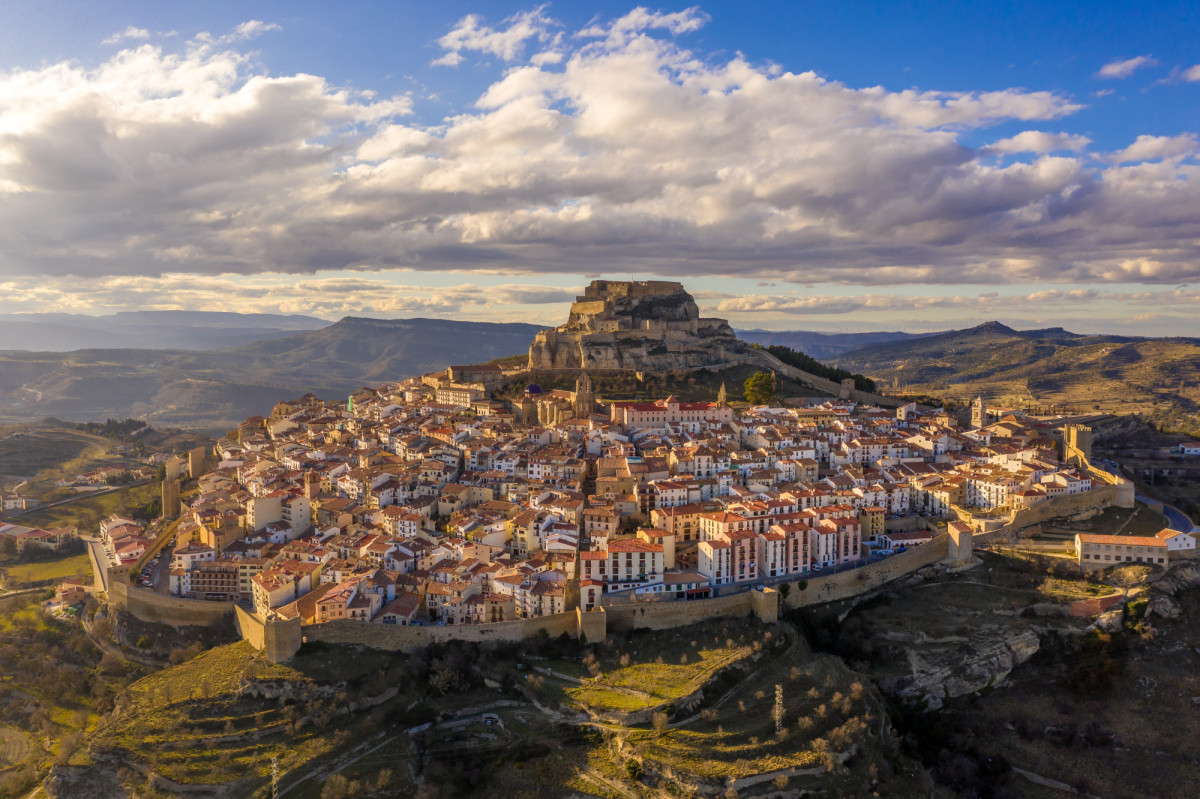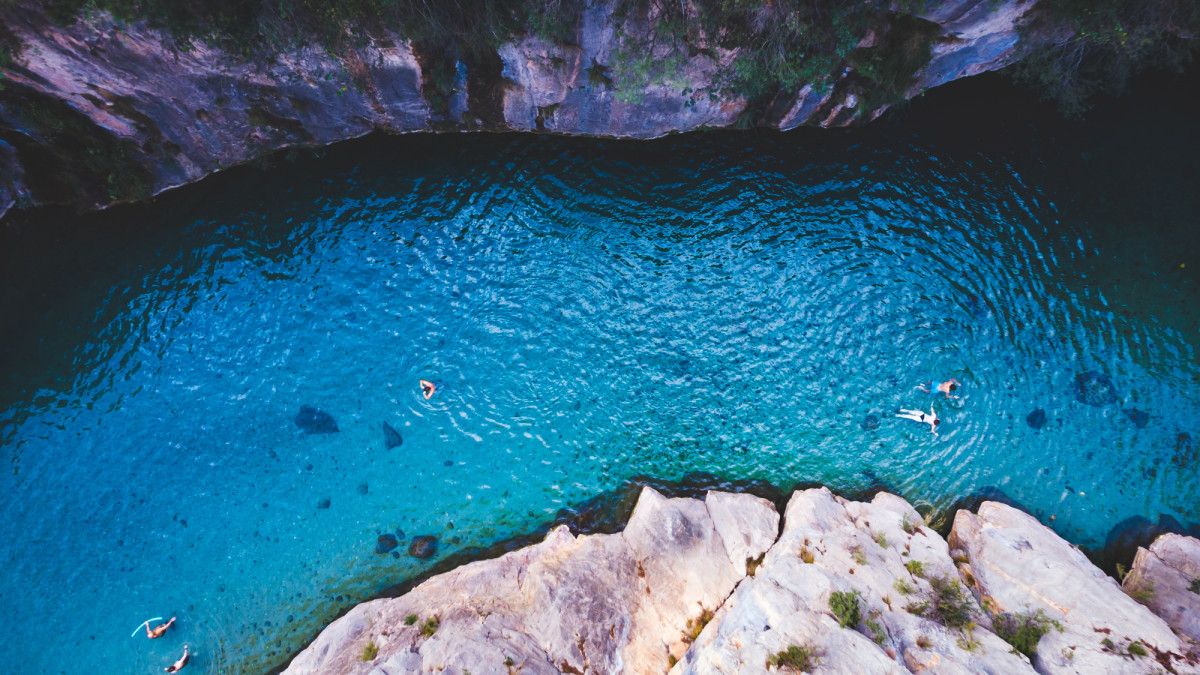Castellón, the authentic mediterranean lifestyle
13 November, 2024Situated in the northern Region of Valencia, the province of Castellón is one of the areas of Spain that has best preserved its Mediterranean flavour. This can be seen in all its richness in the quantity and quality of the beaches, the natural and cultural heritage, the gastronomy and, of course, the lifestyle, all under the influence of the mild Mediterranean climate.
Nowadays, Vinaròs, Peñíscola, Alcalà-Alcossebre, Oropesa del Mar, Benicasim and Castellón are well known towns, appreciated by all their visitors because, in addition to their excellent sandy beaches and clear waters - which have been awarded 32 blue flags by the European Union for their quality - they can enjoy authentic Mediterranean cuisine, as well as the world - famous paella - in its many variations - the prawns of Vinaròs, the artichokes of Benicarló, the sole of Peñíscola or the tomatoes of Alcalà-Alcossebre, among many others, are also first class.
But also, its proximity - less than an hour’s drive - to inland towns such as Morella, Sant Mateu, Segorbe, among others, allows you to discover an ancient gastronomic culture of olive oil, almonds, nougat, truffles and the stews and meats that distinguish its culinary tradition, completing an authentic Mediterranean gastronomic offer that can also boast of being “km0” because all its products come from its sea, its orchards and its local livestock.

Castellón is the second most mountainous province in Spain, with four natural parks in inland areas, namely Sierra de Espadán, La Tinença de Benifassá, Penyagolosa and Sierra Calderona. And its proximity to the sea means that there are three other natural parks on its borders: the Sierra de Irta, the Prat de Cabanes and the Desierto de las Palmas, all of which are well signposted. It is also worth mentioning the Columbretes Islands Natural Park - an authentic marine sanctuary consisting of three small uninhabited islands that can be visited during the day and where diving activities can be carried out on the spectacular seabed.
The combination of areas close to the sea and those close to the mountains, with an extensive network of well-maintained roads, specialised facilities and a Mediterranean climate that allows sports to be practised all year round, means that many specialised groups of hikers, footballers, cyclists - both in their sporting and cycling versions - or triathletes are discovering the province of Castellón as the new ideal place to practice their activities.

Water is also worshipped here - this is something typical in the Mediterranean culture. As a result, it boasts some of the most unique bathing areas in Spain. Montanejos, a spa town, where you can bathe in the warm waters of its natural river all year round at an average temperature of 23 degrees; El Palasiet, in Benicasim, a centre specialised in thalassotherapy treatments of international prestige; or spa centres such as the Marina D’Or Spa, in Oropesa del Mar, or the Minos Spa Centre at the Hotel & Spa Peñíscola Plaza Suites.
And all this with a wealth of heritage of great historical value, thanks to its geographical enclave that has been a meeting point and experience for great cultures such as Arab, Jewish or Christian, and through which other social communities have passed, such as the Romans, the Carthaginians or the Templars. Peñíscola, located on a sandspit overlooking the sea, crowned by a 12th century Templar fortress where Benedict XIII had his papal seat during the so-called Western Schism in the 13th and 14th centuries, is known as one of the “most beautiful villages in Spain”. And
Morella, in the interior of the province, a fortified town perched on top of a small mountain that dominates the entire region and it was chosen as one of the 44 best tourism villages in the world by the World Tourism Organisation.

In addition to these two emblematic enclaves, its strategic geographical position and accesibility makes it possible to visit many other places of undeniable flavour and interest. The Caves of San José, the longest navigable underground river in Europe, in Vall de Uxó; the Carmelitana Wineries & Distilleries, in the Desierto de las Palmas, in Benicasim; the thousand-year-old olive trees in Sant Mateu, among many others, complete an attractive and suggestive tourist program.
And we should not forget the importance of the variety and quality of hotel accommodations, since all the main tourist destinations in the province offer accommodation of different sizes, categories and types of service, which places them at the forefront of the ever-competitive Spanish tourism market.
Regardless you are here on holiday or for business, this area will always offer you a Mediterranean lifestyle, quiet, cosy and truly authentic. And, above all, new...
More information: Introducing Castellón